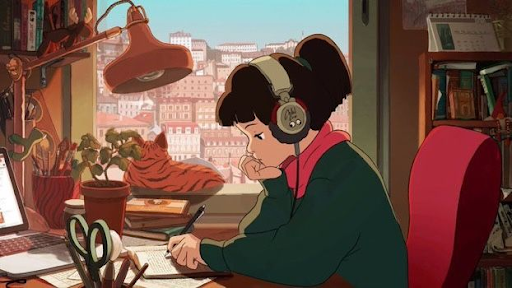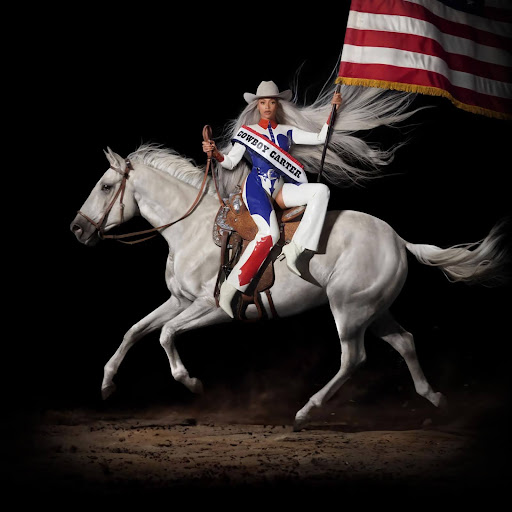A few weeks ago, I heard this line for the first time: “A terrible beauty is born.” It is the classic line from W. B. Yeats’s poem, “Easter, 1916.” I came across it during my research for the upcoming Model United Nations conference I was attending, and the use of this line in a source caught my eye; it broke the flow of the listed historical events in the article. Afterwards, I went and found the poem online to read. What I have found with this poem is that events are sometimes better understood in the style of a story versus the style of a textbook. Much of this poem is hidden during initial readings, but after researching the background information and looking through a few poem guides, the plot began to make more and more sense, and I was able to see deeper into the writing. Before I went through the poem, I could have very easily recounted its history, but I did not understand the event until I read the poem. That is the great power of the story; it can take one inside an event like no history could.
Its title, “Easter, 1916,” refers to the 1916 Easter Rising in Ireland, about which I was reading. The Easter Rising was a form of prelude to the Irish War of Independence, which brought an end to Ireland’s status as part of the United Kingdom, and made it a Free State under the Crown. The event itself was a rebellion against the troubled, centuries-long British rule in Ireland, led by many prominent nationalist figures, many of whom are mentioned in the poem. It began on Easter Monday, 1916, and ended six days later due to a lack of munition and men. At first, the people of Ireland as a whole were against this uprising, considering that Britain had promised them Home Rule- more governance powers of their own for Ireland, a promise that many of the Rising’s leaders doubted would be kept. The Rising, however, brought a change of the tide, and increasingly the mainstream Irish were more and more in favor of becoming their own nation, separate from England, paving the way for much of the future in Ireland.
Yeats wrote this poem as a form of reflection on these events later in 1916, but he does not seem to take a very polarized view of the affair as many others did at the time. The first stanza introduces the setting of the story- a city, presumably Dublin, Ireland, from the title, around the time of the Rising. For some, the title itself can give all that is needed to understand the mood of the time, but for all others, this stanza serves to convey the tense grayness of the shared knowledge of the uprising, and that things would not quite be the same after the Easter Rising. Conversations had become more serious and less lighthearted, as they were before: “All changed, changed utterly;/ A terrible beauty is born.”
The cast of characters is implied in the second stanza: Constance Markievicz, a republican political activist, Patrick Pearse and Thomas MacDonagh, two planners of the Easter Rising, and John MacBride, another associated with the rebellion. Pearse and MacDonagh were able to win Yeats’s praise here, but that is not a blindly given gift. He describes MacBride as one who “had done most bitter wrong/ To some who are near my heart,” but gives him a place in his poem because he too took part in the Rising. “He, too, has resigned his part/ In the casual comedy;/ He, too, has been changed in his turn,/ Transformed utterly:/ A terrible beauty is born.” He continues with the theme of the Rising’s planners, making a metaphorical comparison of their “hearts” to stones, “to trouble the living stream.” Thereafter, Yeats describes the surrounding environment: horses, clouds, “moor-hens”- that which would be associated with an idyllic Irish country scene. The purpose of the analogy is that, like the stones, those who took part in the Easter Rising, were pretty much in the center of Irish current events and tensions; when they started to mess with the order, everyone around them felt the shift. “Minute by minute they live:/ The stone’s in the midst of all.”
This analogy of the stones carries into the fourth stanza, but it takes on a slightly new meaning: that those involved with the Rising just may have gone a little too far, though their cause was noble. Yeats does not fully answer this question in his poem but offers his best reflection on a quandary that may not quite have a definite answer. Though many of the planners did not live very long after the Rising- some were executed soon after the rebellion was put out- he sees it as his duty to keep their memory alive, even if an “excess of love” may have “bewildered them till they died…” The names are listed near the end of the stanza: “MacDonagh and MacBride/ And Connolly and Pearse,” for no matter whether their influence was good or bad (a decision all must personally make), their impact on the course of Irish history is an undeniable reality. The Easter Rising helped to change the tide of the popular view on British rule to make way for the War of Independence, whose repercussions are still felt today: “Now and in time to be,/ Wherever green is worn,/ Are changed, changed utterly:/ A terrible beauty is born.” Yeats knew the power of this even though he witnessed it, and his poem may serve as its best recounting.
By Elisabeth Smith ’28, Rising Co-Assistant Editor-in-Chief
28esmith@montroseschool.org













